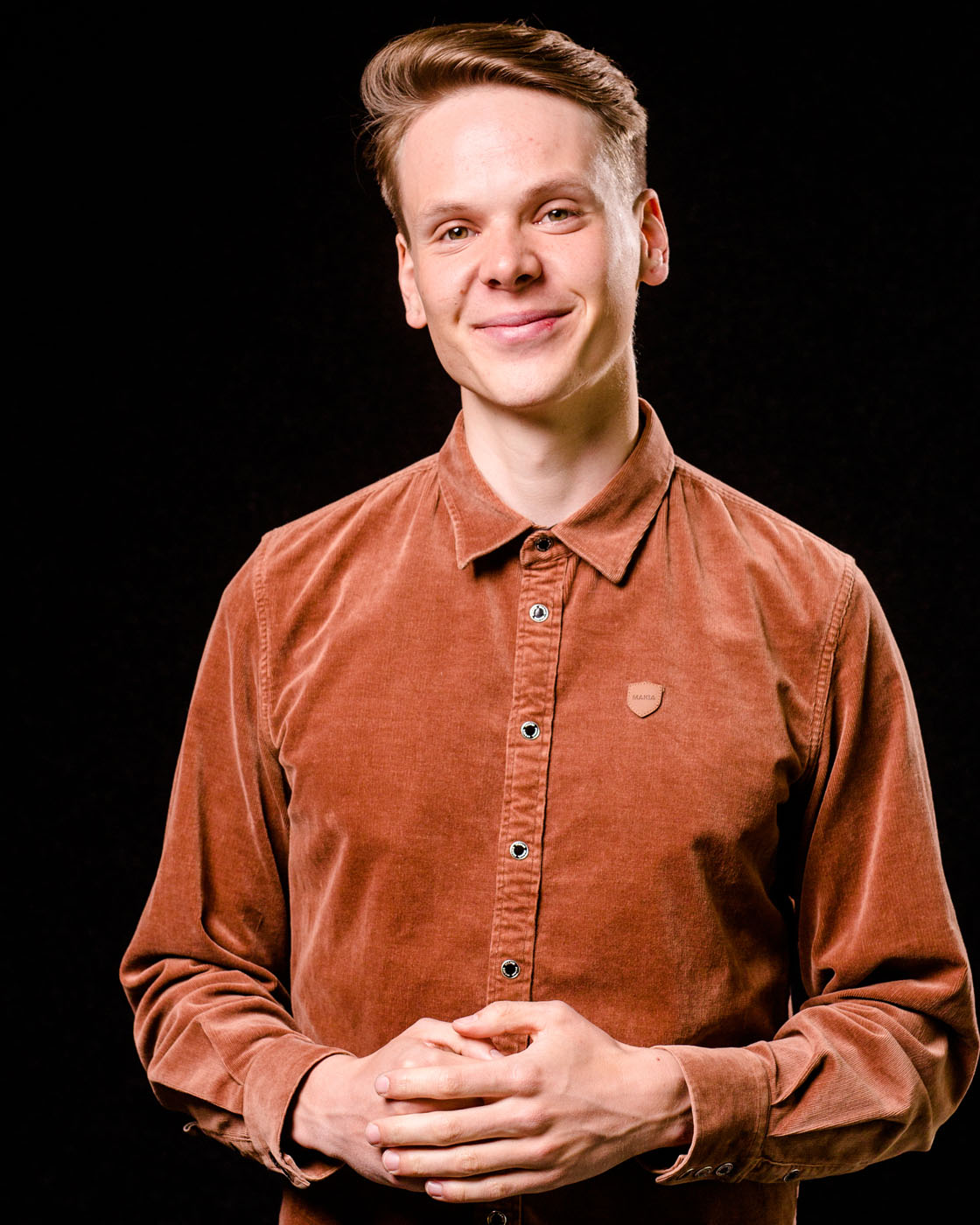Nutrients in urine: waste them or use them?
Ended project: October 2017 – October 2019
How can nutrients in toilet waste be collected and used again from temporary or mobile premises? We tested a new system in field conditions at a military practice area.
Nutrients that are essential for life are constantly wasted as they leak into the ground and water systems. It is necessary to make better use of existing nutrients, for instance, as fertilisers. This way, renewable phosphorus can be seized for use as a fertiliser. There are problems with nitrogen fertilisers, too: their manufacture by binding nitrogen from the atmosphere consumes a lot of energy.
One solution for a more efficient recovery and recycling of nutrients is sorting nutritious waste fractions produced by people at source. This means separating and utilising the most useful fractions, such as urine, already at source. This practice will become normal in all waste management and sanitation in the future.
The Mobile nutrient recovery under field conditions (MORTTI) project looked for new solutions for the capture and utilisation of nutrients in urine and faeces. The project’s roots are in the Finnish Environment Institute’s proposal for Sitra’s Nutrient Cycle Challenge Contest, held in spring 2016.
What was achieved?
During the project, treatment methods for toilet waste were evaluated and a new technology for the collection of nutrients from human urine suited for field conditions was tested. Using a new alkaline urine dehydration technology developed by the Swedish University of Agricultural Sciences (Sveriges Lantbruksuniversitet, SLU), the volume of urine is reduced to less than one tenth of the original volume, which means major savings in transport costs, particularly from sites outside sewer networks such as Defence Forces camps and mass events. The operational reliability of small waste-water treatment plants will also improve, when point source input from this type of sites decreases.
The new method was piloted at the Finnish Defence Forces training area of Camp Mauri in Säkylä, because camp conditions provided a natural place for testing methods developed for source separation, and the conscripts produce high-quality raw material suited for the purpose. The Finnish Defence Forces also arrange waste management and sanitation in camp conditions, but the biodegradable waste landfill ban that entered into force in 2016 and the high cost of transporting liquid toilet waste by vacuum truck for processing in waste-water treatment plants have created a need to develop sanitation to enhance nutrient recovery and to lower transport costs.
In the method, urine was absorbed in a mixture of ash and lime with any excess liquid evaporating. Due to the high cadmium content of the carrier substance ash (4-7 mg/kg dry matter), the powdery final product is suitable as a forest fertiliser, but by reducing the volume of ash in the composition of the carrier the final product will be suited for use as a soil improver on fields, for example.
The project promoted the circular economy by enabling the enhanced recovery of nutrients from waste water and their safer use as fertilisers or soil improvers. Compared to the existing system, the method can multiply the amount of nitrogen returned to circulation by more than ten times. The quality of phosphorous returned to circulation will improve as well, since it does not need to be thickened with chemicals.
The field toilet registered about one thousand visits, and the outhouse processed more than a thousand litres of urine. The urine was processed into a powdery final product that weighed less than one tenth of what the urine collected originally weighed. In particular, the nitrogen contained in urine was effectively condensed into the final product. The analysis of the final product revealed more than 300 organic pollutants, medicinal substances and hormones, with the content of seven substances exceeding the limit of quantitation. The most commonly identified individual substance was ibuprofen with a content of slightly under 20 mg/kg dry matter. The volume is less than one twentieth part of the active substance contained in one Burana tablet.
Who was involved?
At Sitra, the project manager was Hanna Mattila. The Finnish Environment Institute (SYKE), Tampere University of Applied Sciences (TAMK), Global Dry Toilet Association of Finland Huussi ry and the Construction Establishment of the Finnish Defence Administration were responsible for the implementation of the project.
What next?
Experimentation of the method tested in the project has been continued in the Ministry of the Environment’s NutriCity project (in Finnish), receiving RAKI programme funding. NutriCity has already succeeded in halving the earlier levels of the method’s energy consumption. The intention is to continue the development of the technology and to pilot it on a larger scale.
To ensure that recycled fertilisers can be put to efficient use and the nutrients contained in them are recycled, some legislative changes are needed. Current legislation on fertilisers is complex and does not even necessarily enable the use of recycled anthropogenic fertilisers. Attitudes also need to change so that increasing numbers of people understand the need to recycle anthropogenic nutrients and are positively inclined towards promoting the issue.

What was it about?